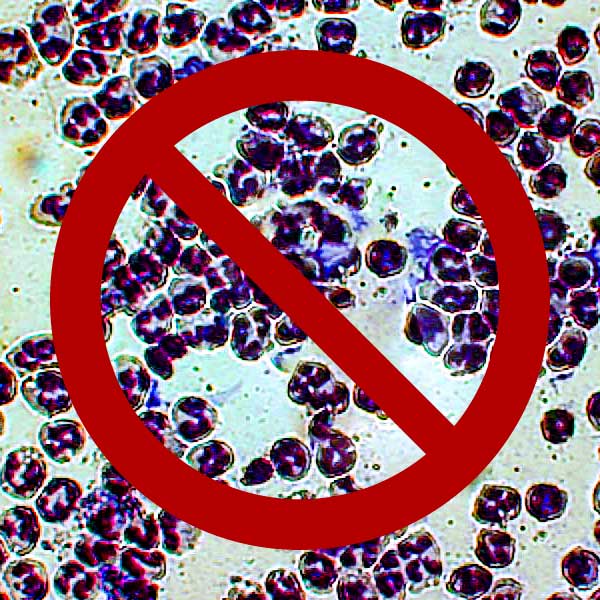Uterine Swabs, Smears and Cultures.
Printed in “The Reproduction Forum” in the CSHA Newsletter, 1996;
“Atlantic Horse and Pony” (combined with other material) February 1996
Q: As a stallion owner, what procedures should I require of incoming mares with regards to uterine swabs, smears and cultures to protect both my stallion and the mares?
A: The value of a uterine swab alone has been in question for some time, the concerns being, firstly, the presence of contaminants in the sample leading to a false positive reading of a culture; secondly, the swab not coming into contact with a bacterial growth area during sampling even though infection is present, resulting in a false negative reading; thirdly, whether the infection, if present, is severe enough that the mare is incapable of clearing it herself; and therefore finally, the validity behind introducing a possible contaminant to the uterine environment during sampling. Weighed against that is the concern of possible cross contamination by potentially harmful pathogens of the stallion and other mares, and the lack of a suitable environment for the conceptus to grow in.
The current general consensus is that it is essential to protect the stallion, and hence other mares he is breeding by live cover, against exposure to the so called “big three” STD’s (those being: Taylorella equigenitalis, the causal agent of contagious equine metritis, C.E.M., as yet not observed in native Canadian animals; Klebsiella pneumoniae and Pseudomonas aeruginosa) by carrying out vestibular/clitoral swabs prior to exposure of the mare to the stallion. If any of these organisms are shown to be present, they should be treated and a repeat series of swab samples taken and returned with negative (clean) results.
Having established the absence of a potentially harmful STD, the next concern is the presence of a healthy growing environment within the mare. This can be established with reasonable accuracy by taking samples of the endometrium by way of guarded endometrial swabs. The generally accepted time to take these samples is when the mare is in mid estrus. At that time she has the maximum ability to defend her uterus to external infection, hence if bacteria are present in any numbers, the likelihood that the problem is significant is greater, and in addition, if an external bacteria is introduced into the uterus during sampling, the increased defense mechanisms will have a better chance of success in dealing with it.
Some technicians prefer to work with two swab samples, others only one. If working with two samples, the first sample should be placed immediately in a suitable transport medium, the second sample being used to produce a smear for cytologic examination. If using only one sample, the cytology smear must be created on a sterile microscope slide and the swab then placed in the transport medium. If the cytology smear shows a high number of neutrophils, this is potentially indicative of a mare with a bacterial infection, and the sample in the transport medium should be cultured, the growth identified, and antibiotic sensitivity tests carried out to establish what treatment is likely to prove most successful. Since this article was originally written, the cytology brush has become available, which provides a better sampling method than a regular swab. Some models – as shown – have a swab behind the brush making only a single sampling process necessary, although note the requirement for use of a sterile slide for preparation of the cytology smear. The low-volume uterine lavage technique has also been developed which also produces a more reliable result than a regular swab.
By carrying out the cytologic examination first, the chances of a culture with a false positive (contaminated) growth, or a false negative result is significantly reduced. If the cytologic examination has been carried out properly by experienced personnel, and proven free of neutrophils, and the vestibular/clitoral swab cultures were negative, then the mare should be felt to satisfy what has previously become known as “clean swab” requirements.
See also our article “Why perform a cytology smear in conjunction with a uterine culture?” for more details about the importance of cytology smears.
With thanks to the Atlantic Veterinary College, Ontario Veterinary College and the Western College of Veterinary Medicine for their help in compiling this response.
© 1996 (with updated comment 2021) Equine-Reproduction.com, LLC
Use of article permitted only upon receipt of required permission and with necessary accreditation.
Please contact us for further details of article use requirements.
Other conditions may apply.




